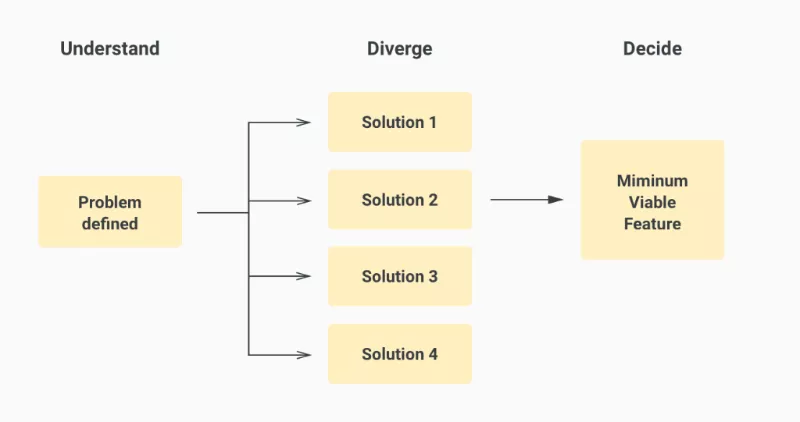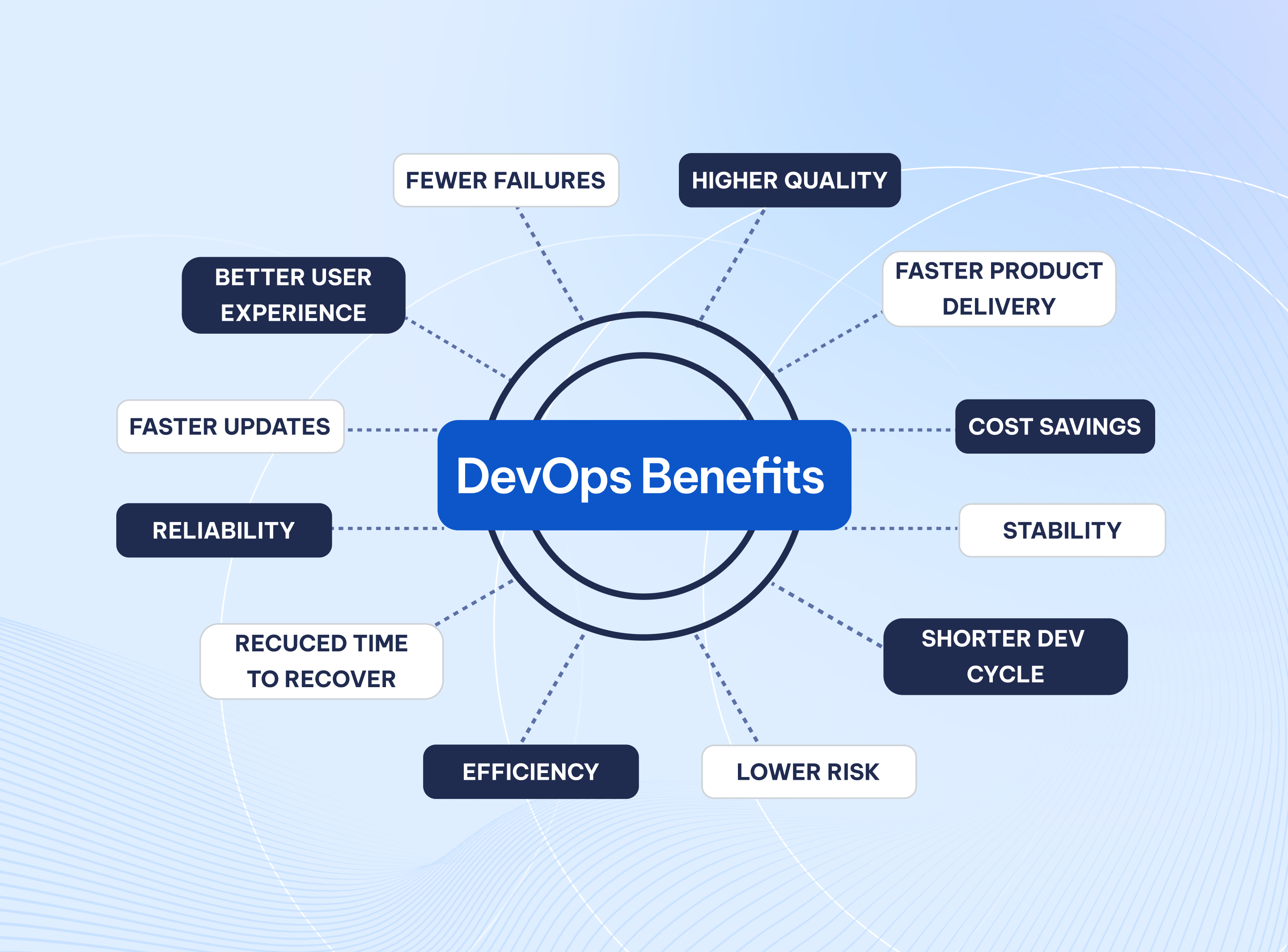Minimal Viable Features - The Basics
Published on Jul 4, 2024
You have probably heard how powerful MVP is when it comes to validating a product idea, but MVF (Minimum Viable Feature) is an equally dynamic tool. This article will give you a deep dive into this pivotal concept in product management.
Introduction to MVF
The term 'Minimum Viable Feature' is a derivative of 'Minimum Viable Product' (MVP), a product with just enough features to satisfy early customers and provide feedback for future product development.
Similarly, an MVF is the smallest, most basic version of a feature that can still deliver value to the user and provide valuable feedback to the product team.
The concept is not about creating incomplete or subpar features. Instead, it is about identifying the core value that a feature offers to users and focusing on delivering that value as quickly and efficiently as possible. This approach allows for rapid iteration and improvement based on real user feedback.

Key Benefits of a Minimal Viable Feature
Building an MVF delivers two key opportunities:
- Test an idea with minimal resources
- Accelerate learning about a feature’s usefulness and adoption
Because an MVF uses minimal resources, it also reduces wasted engineering hours. It allows a product team to deliver a new feature to early adopters as soon as possible, building trust that its company understands and helps address its users' pain points.
One successful case study of MVF is Instagram. When first launched, it was much simpler than the feature-rich social media platform we know today. Instead, it started as a simple app that allowed users to take photos, apply filters, and share them on the platform. This core functionality delivered value to the users and set Instagram apart from other photo-sharing apps at the time.

Over time, Instagram added more features based on user feedback and market trends, but it all started with a Minimum Viable Feature.
Distinguishing Prototypes, MVPs, and MVFs
While the concepts of prototypes, MVPs, and MVFs are often used interchangeably, it's crucial to understand the distinctions among them to implement an MVF approach in your offshore development projects effectively.
- Prototype
- An early sample or model to test concepts before development
- Can be low or high-fidelity
- Focused on specific aspects or features.
- MVF
- A core feature delivering maximum customer value
- A component released to users for testing and feedback
- The prioritized building blocks to create an MVP.
- MVP
- A complete but minimal product with only the essential features to satisfy early customers
- Contains multiple MVFs
- Gathers user feedback to validate the product idea before further investment.
In summary, the complexity increases from a prototype — a simple model or sample, to an MVF — a core feature or functionality, and finally to an MVP — a complete product with a minimum set of features.
By understanding the distinctions between these concepts, you can effectively leverage them to streamline your offshore development process, mitigate risks, and deliver exceptional products to your customers.
When should you choose MVF or MVP?
For products introducing groundbreaking functionality without direct competition, users would overlook poor user experience to pay more attention to their unique value proposition, enabling initial successes like ChatGPT's conversational generative AI service despite basic interfaces.
However, user expectations are much higher for products iterating on existing solutions due to established experiences with polished alternatives.
Choosing between the MVP or MVF approach, therefore, hinges upon whether the core functionality represents a true innovation in the given domain. For example, Instagram's inaugural image-centric social network could thrive initially with a minimal viable feature precisely because its fundamental concept was the first of its kind at the time.
Conclusion
The concept of a Minimum Viable Feature is an effective tool for product management that enables product teams to test their ideas about a feature's value and usability with real users before investing major resources in its full-scale development. It also promotes quick iteration and continuous development, ensuring that product teams consistently provide value to their users.
If you are looking for seasoned startup insights, let FABA Technology offer you a hand. Check out how we have helped businesses realize their ideas and reach out to us at https://fabatechnology.com/contact-us











